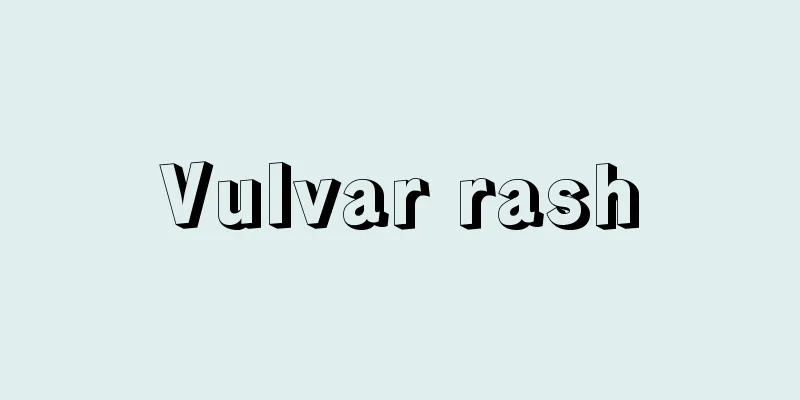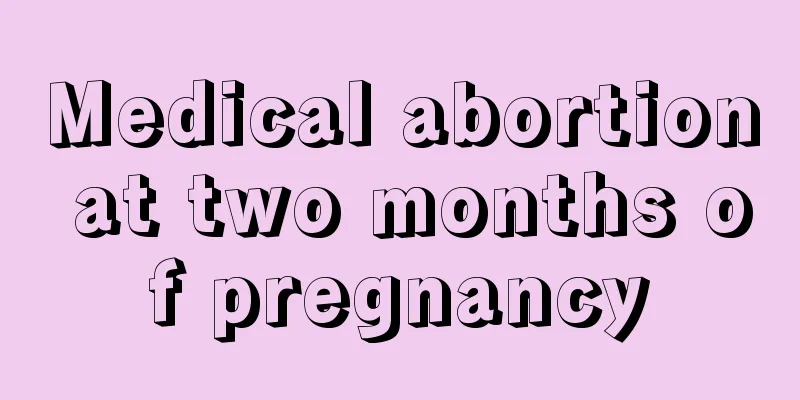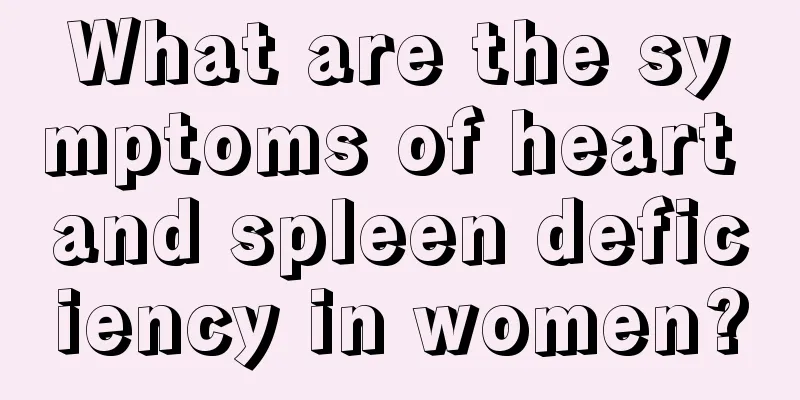When is the best time to do B-ultrasound for polycystic ovary syndrome?

|
After polycystic ovary syndrome occurs, an ultrasound examination should be performed. Not only that, patients also need to undergo a laparoscopy. These examination items can determine the real cause of this condition. Generally, after it occurs, patients will have a series of adverse reactions. The most common one is irregular menstruation or anovulation, which should be treated based on the examination results. (1) Basal body temperature measurement (2) Ultrasound examination (3) Diagnostic curettage (4) Laparoscopy Hormone measurement The full name of PCOS is polycystic ovary syndrome, which has menstrual disorders (oligomenorrhea or amenorrhea), anovulation, hirsutism, obesity, infertility, etc. as the main clinical manifestations. It is characterized by bilateral enlargement of the ovaries showing polycystic changes. Its endocrine characteristics are excessive androgen, insulin resistance and hyperinsulinemia, increased LH/FSH ratio and persistent anovulation. It is one of the common causes of menstrual disorders and infertility in women of childbearing age. 1. Promoting fertility For patients who want to have children, the purpose is to promote fertility: (1) Drug-induced ovulation treatment: Choose appropriate drugs to induce ovulation based on the patient's specific situation. Polycystic ovulation can easily lead to ovarian hyperstimulation syndrome, so patients must follow the doctor's advice when taking medication; (2) For PCOS patients who are not responsive to drug treatment and still cannot conceive normally, surgical treatment is required. Currently, the best surgical treatment option is minimally invasive ovarian wedge resection, followed by appropriate use of drugs to induce ovulation. Adjust the menstrual cycle and lower LH. For patients who do not desire to have children, the main purpose is to adjust and restore the menstrual cycle and prevent excessive proliferation of the endometrium or even cancer. (1) The pituitary gland is more sensitive to GnRH, which leads to excessive secretion of LH, which increases ovarian androgens and promotes follicular atresia. The dominant follicle cannot be formed, and the normal androgen secretion pattern is interrupted. Many small follicles still secrete estrogen. Excessive androgens are converted into estrogen in the periphery. Polycystic ovary syndrome presents with high androgen and high estrogen, with excessive androgen being dominant. (2) Insulin resistance leads to hyperinsulinemia, which stimulates the synthesis and secretion of androgens by theca cells, ovarian stroma, and adrenal cortex. As androgens increase, estrogen conversion increases. Positive feedback causes LH to increase further, while negative feedback reduces FSH secretion. High LH further increases androgens, continuing a vicious cycle of anovulation. Insulin and estrogen promote follicular development, while androgens promote follicular atresia, resulting in follicular development but maturation disorders, no dominant follicle formation, and anovulation. |
<<: What does it mean when a girl has a lot of hair down there?
>>: Girlfriend's chest scar pimple
Recommend
A positive case in Zhengzhou tested negative for nucleic acid for 12 consecutive times. How many nucleic acid tests should be conducted to ensure peace of mind?
Recently, a positive case in Zhengzhou tested neg...
How to relieve stomach pain during menstruation
Every girl has menstruation, and it is very painf...
What foods are good for pregnant women with bloating?
Pregnant women with bloating should pay attention...
Is it true that cold uterus makes it difficult to get pregnant?
Palace cold refers to the coldness of the uterus....
High blood pressure, or periodontitis to blame!? European study
Recently, a study published in Hypertension found...
Menstruation has not stopped for more than 10 days
Normally, menstrual bleeding lasts for a week. If...
What does it feel like when the gestational sac enters the uterine cavity?
Everyone knows that when a woman is pregnant, the...
What causes yellow hands in women?
The yellowing of the hands is related to many fac...
What is the significance of six-month four-dimensional color Doppler ultrasound
To put it simply, four-dimensional color ultrasou...
Why does a minor injury on the toe lead to amputation? Diabetic foot, prevention is more important than treatment
A friend sent a message late at night, saying tha...
What are the symptoms of vaginal bleeding in early pregnancy?
Women will experience various symptoms after beco...
Is abortion painful?
For women, pregnancy is a very important matter, ...
What to do if your vagina becomes loose after a normal birth
Giving birth is a dangerous process for women. No...
What are the nutritional values of garlic sprouts? How to choose garlic sprouts
Garlic stalks, also known as garlic hairs, are th...
What is the process of a woman giving birth naturally?
In the past, pregnant women would give birth thro...









